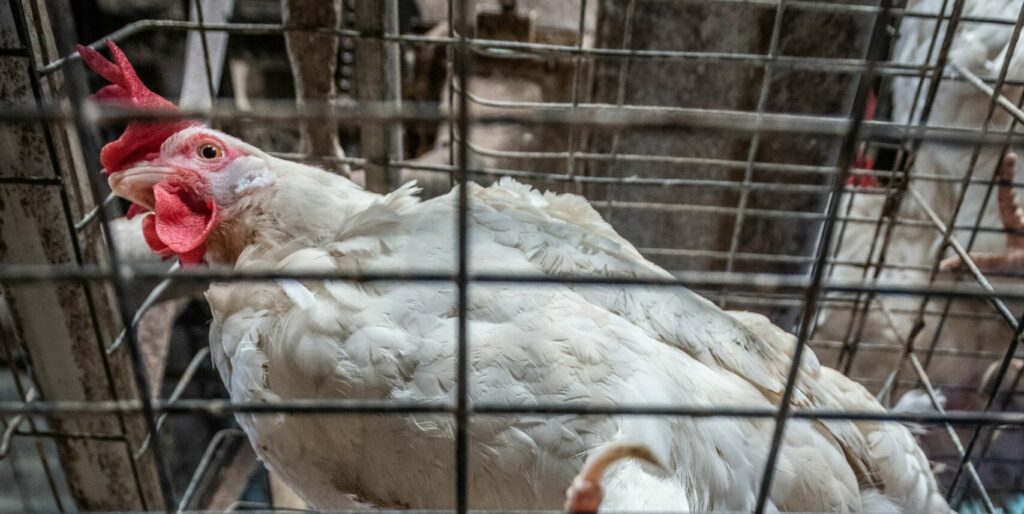While you may feel that you can’t afford the up-front costs of automated capital equipment, technological advancements are making automation more accessible for every size of poultry processing facility.
“Labor issues started prior to COVID; the virus and its impact made things much worse so the focus on automation has heightened,” JLS Automation president and chief executive officer Craig Souser told Meat and Poultry.
Automating your meat and poultry processes will not only save wage costs, but it will also protect you from the impact of labor shortages, speed up your production time and eliminate the impact of human error. Below are three major areas of automation, and examples of best-practice machines that can save you time and money while streamlining the crucial steps of meat processing, sanitation, and packaging.
Poultry Sanitation Automation
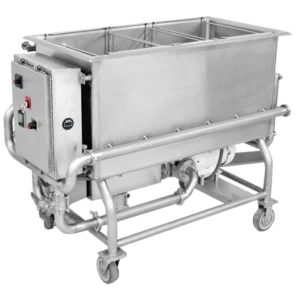
Douglas Machines Corp. COP Parts Washer.
There’s no industry where sanitation is more important than poultry. Poultry is prone to dangerous foodborne illnesses like Salmonella and Campylobacter. These result in serious recalls, lawsuits, and worst of all, the loss of your customers’ trust. Therefore, consistent, FDA-compliant sanitation is the number one way to prevent and manage foodborne illness outbreaks.
But handwashing every poultry contact item can be extremely labor-intensive and time consuming, resulting in downtime due to small, hard-to-clean machine parts halting your production line. Automated poultry sanitation takes an eighth of the time of handwashing and eliminates human error that results in processing line contamination.
Douglas Machines Pot, Pan, and Utensil Washers
Douglas Machines Corp.’s pot, pan, and utensil washers offer compact sanitizing solutions. These poultry sanitizing systems wash a wide variety of containers like roasting pans, weigh buckets, and poultry trays. Batch wash times of 4, 6, or 8 minutes cut the wash time in half, with capacities ranging from 10 to 36 sheet pans per batch. Plus, they feature recirculating wash tanks to minimize resource use.
Douglas Machines COP Parts Washer
The Clean-Out-Of-Place (COP) parts washer features a stainless-steel wash tank with rolling jets. It’s designed to wash and sanitize small, oddly shaped, or hard-to-clean pieces like serrated chicken slicer blades, deboner parts, and drainage tubes. Douglas Machines Corp. creates standard or custom models with anywhere from four-foot to 10-foot tanks.
Douglas Machines Tunnel Washers
Douglas Machines Corp. tunnel washers are large sanitizing systems designed to clean a huge number of wares – like meat totes, storage cages, and magnum bins – at maximum speed. These systems are modular, created through a combination of 4 standard wash sections: wash, rinse, sanitizing rinse, and blow-off. Craft a custom sanitizing solution by choosing which sections suit your facility and adjust to the size of your wares.
Poultry Processing Automation: Cutting & Deboning
Bones left in chicken parts—particularly breasts, legs, and thighs—are one of the poultry industry’s most prevalent concerns. Their removal is one of its most time-consuming processes. It’s also one of the most integral: we’re no longer in the bird-carving at the dinner table days of the past, consumer demand for eviscerated chicken products has increased steadily over the past few years.
The cutting and deboning process typically involves skin pulling, line loading, deboning, tender pulling (for tenderloins), trimming, and quality control inspection. Tedious tasks that, in the past, had to be done by hand. Now, at least four of these six steps can be automated to minimize human error and labor costs in the poultry cutting and deboning process.
Below are a few highly rated poultry automation and processing systems for each step in the cutting and deboning process for small and large processing facilities:
Automated Poultry Skin Pulling
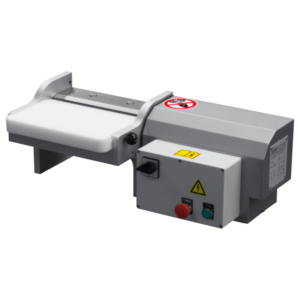
Automated Poultry Skinner from STEEN.
TABLETOP POULTRY SKINNER
STEEN’s ST111K model is a cost-conscious tabletop option for smaller meat processing operations. Its compact, manual design uses minimal space and resources while speeding up production and making the most of laborers’ time and energy. It does have its limitations; STEEN recommends processors restrict use to parts not smaller than a whole leg.
AUTOMATIC POULTRY SKINNER
Steen’s ST600k, their long model of automatic poultry skinner, is made for high-volume chicken, turkey, duck, or pheasant processing facilities. Bone-in or boneless products are moved through automatic infeed and outfeed belts, as skin is removed in one piece with an undamaged membrane and no meat loss.
Automated Poultry Deboning
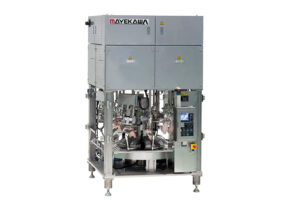
Poultry Leg Deboner from Mayekawa.
Mayekawa’s Deboning Line
Mayekawa has been creating industrial machine solutions for nearly 100 years and is one of the most trusted capital equipment manufacturers. It has an entire line of meat and poultry deboning machines, specialized by part. This line includes whole leg deboning, front half deboning, drumette deboning, and turkey leg deboning. Mayekawa has even expanded beyond the poultry market, offering ham and pork shoulder deboning machines as well.
Meyn’s Deboning Line
Meyn’s deboning line focuses on large-scale poultry thigh, leg, and breast deboning. Its models range from the more compact D100, which can debone 6,000 chicken thighs an hour using a belt conveyor, to the Rapid Breast Deboner M4.1, a formidable tunnel machine that can process 4,200 breast caps an hour.
Automated Poultry Tender Pulling
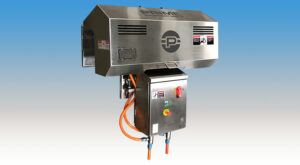
Chicken Tender Clipper from JBT.
JBT Chicken Tendon Clipper
JBT’s CTTC-1 is a tendon removal solution that can remove the tendons from up to 3,000 tenders per hour. It boasts an adjustable frame, increased tender yield, and improved clip consistency and tender shape. JBT claims the machine requires at least one fewer worker per line. It mounts directly to existing cone lines, making it an easy addition to an established processing facility.
Poultry Packaging Automation
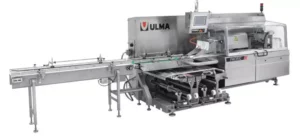
Harpak-Ulma’s Master Bag machine.
Poultry products are packaged and served to consumers in so many ways today. Among the most popular are vacuum, stretch, and shrink sealing. How your facility packages your poultry parts depends on your facility’s process and what appeals to your customer base. Regardless of the packaging you choose, there’s an automated system that can construct, fill, and combine the packaging in a matter of seconds. As a result, automation takes those tedious and time-consuming tasks from your labor force.
Harpak Ulma’s Poultry Packaging Machines
This is because its line of automated poultry packaging equipment is diverse, with options for tray sealing, thermoforming, flow wrapping, and more. As a result, Harpak-Ulma is a one-stop-shop for full-line poultry packaging automation. You can create a line consistent of primary packaging, secondary packaging, palletizing, stretch wrapping, robotics and centralized line control strictly from their products.
Paxiom’s Packaging Line
Lastly, Paxiom has a robust product range catered toward wholesalers in need of automated poultry packaging. Their packaging line includes pouch and form filler and sealer machines, weighers, vacuum packaging, tray forming, robotic palletizing, and more.
Automation is the future of poultry processing. It answers a lot of questions processors are asking about the rise of labor shortages and costs. While capital equipment is an investment, the long-term benefits have shown to be well worth it. Automation can be applied to just about every step of poultry, from the farm to the grocery counter. The rise of automation will revolutionize the poultry industry, as it has already started to.

